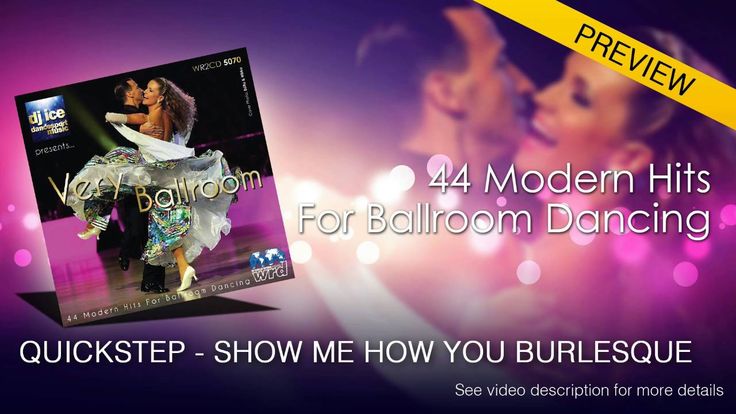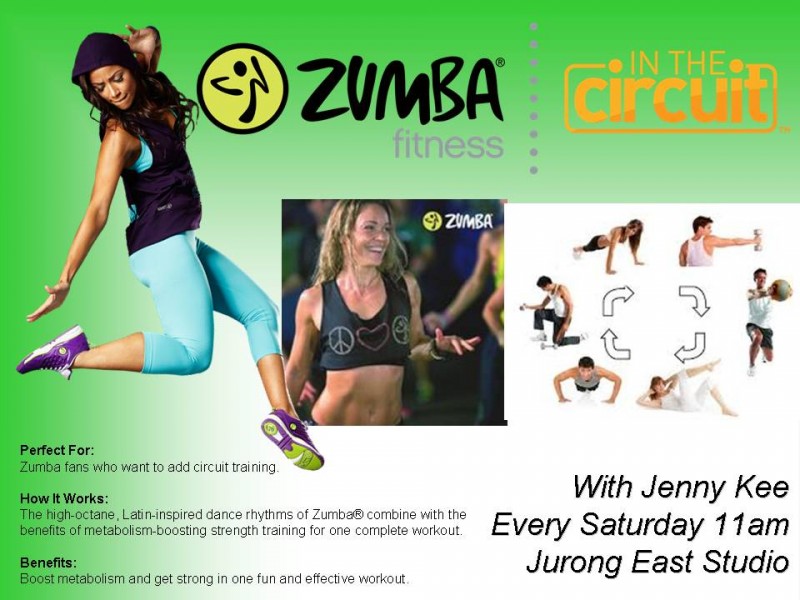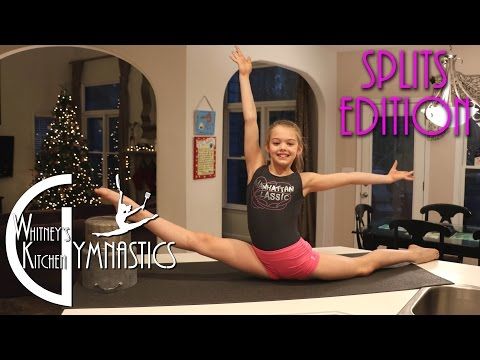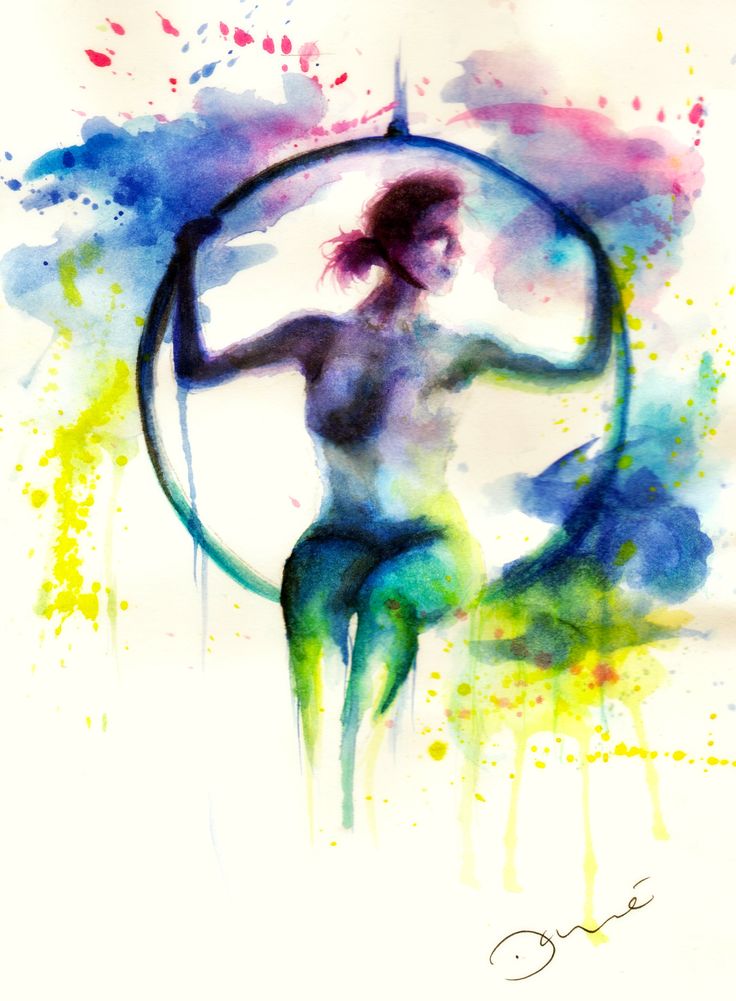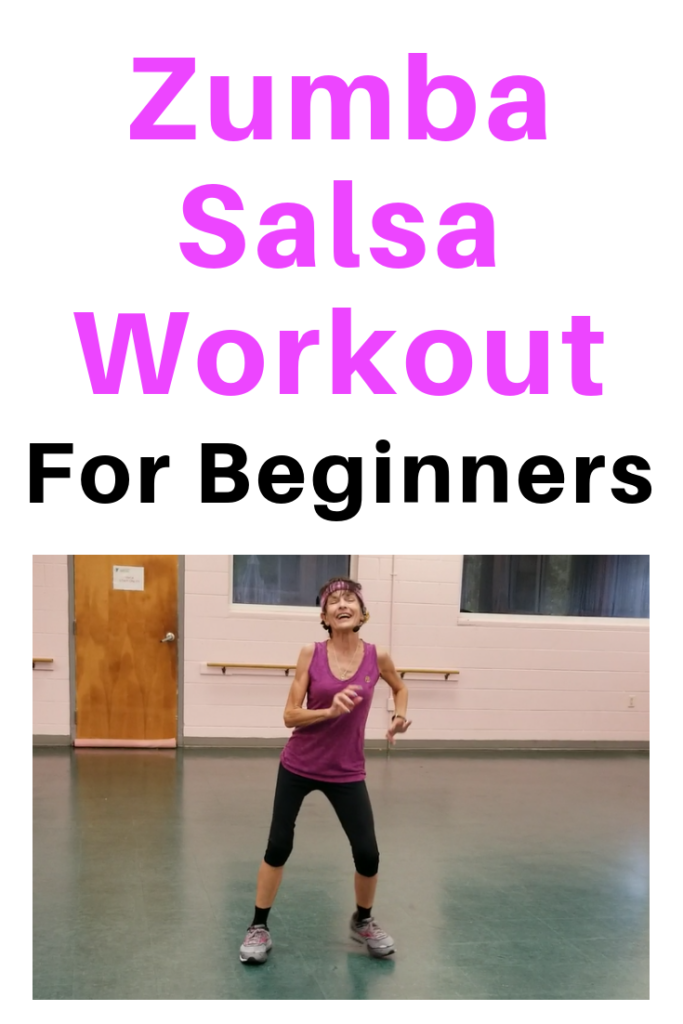How to dance for house music
The Ultimate House Dance Guide for Beginners.
Dance is one of the very interesting form of arts. Dancing can simply boost up your mood. All the dance enthusiasts must be very familiar to various dance forms like Kathak , Salsa , Jazz , Contemporary and all, which exist since ages . But, in the modern era there’s a new dance form which is very dynamic and becoming more famous among youngsters is freestyle dance . It is basically a street dance which has various styles like hip-hop, B-boying and house dance.
Jump to Section
- Famous House Dance performers.
- Jojo Diggs
- Ejoe Wilson
- Brian Green
- House dance steps
- House Dance Music
- At last.
Talking about House Dance, originated in New York and Chicago in late 1970’s, takes its roots of inspiration from African dance and Latin dance forms. Since, it has African touch , it includes more of complex footwork and easy upper body moves .
House is the most different freestyle street dance style as, unlike others , it has its own house music . It is composed of fast beats and heavy-bass electronic music by DJs and clubs. Simply saying , house music is a fast track composed of fast beats , drops and tunes and doesn’t includes much of lyrics.
House dance is concerned with rhythm of body . That means, leaving the body to groove on its own beats and easiness. House dance releases all the stress , brakes all the barriers with the outside world and makes one fall into a zone where there’s comfort, easiness and ecstasy.
Famous House Dance performers.
To anyone who’s fascinated about house dance or moved by its history and wants to learn , the easiest and the first step should be is to watch some famous performers . So, here are some notable house dancers:
Jojo Diggs
Image Source : Google ImagesJojo , the freestyle queen , is from Virginia. When I think of house dance the first name that pops up in my mind is Jojo .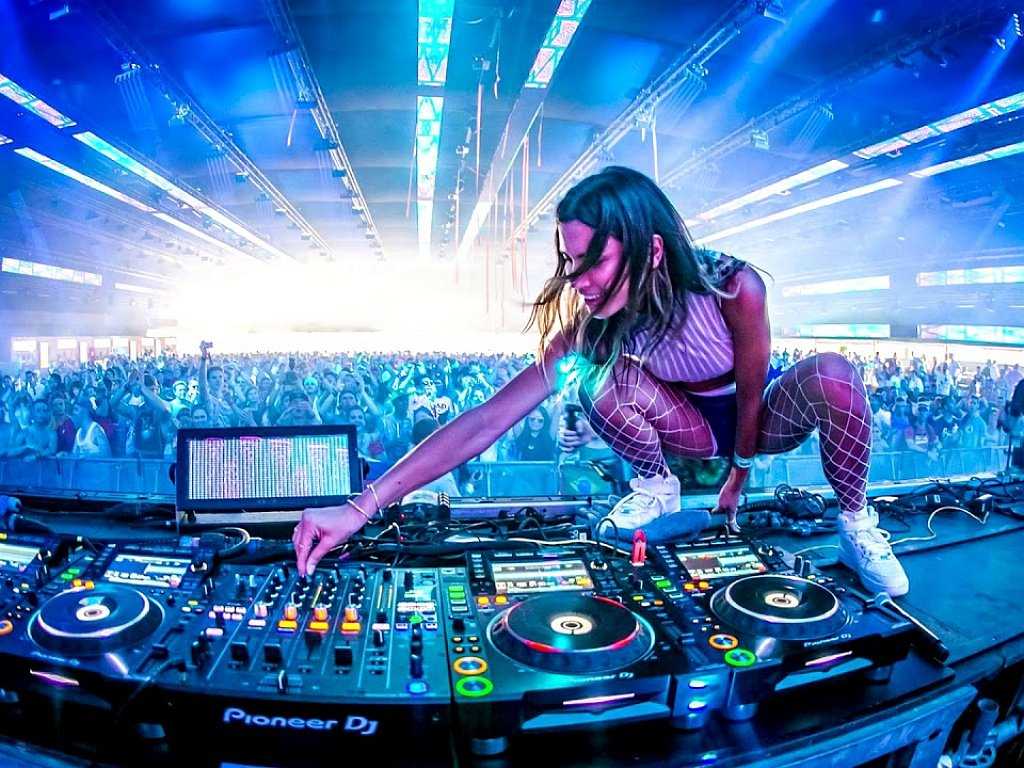 I just love how she started her career and all the social things she is doing now. She started her career late at the age of 22. She got in limelight for her ballroom and house dance. Here are some of her most famous works and tutorials that I think will blow your mind and also will be of great help in learning house dancing :
I just love how she started her career and all the social things she is doing now. She started her career late at the age of 22. She got in limelight for her ballroom and house dance. Here are some of her most famous works and tutorials that I think will blow your mind and also will be of great help in learning house dancing :
https://youtu.be/vyq7tZuYglg
https://youtu.be/Lu9EeWTMojw
To anyone who would like to learn more about her life and take some inspiration, here’s the link that you can follow: https://youtu.be/XuNX000xG-0
Ejoe Wilson
Image Source: Google ImagesThe legend, Ejoe Wilson is known for house dance and the same is known by Ejoe Wilson. He was born and raised in the Bronx , borough of New York city. He did lists of remarkable work in his career and got featured in a documentary called Wreckin’ Shop from Berlin . Here are some of his great work and tutorials:
https://youtu.be/bn67LTDiP7A
https://youtu.be/bFV0_CvIJ00
Brian Green
Image Source: Google ImagesBrian Green a.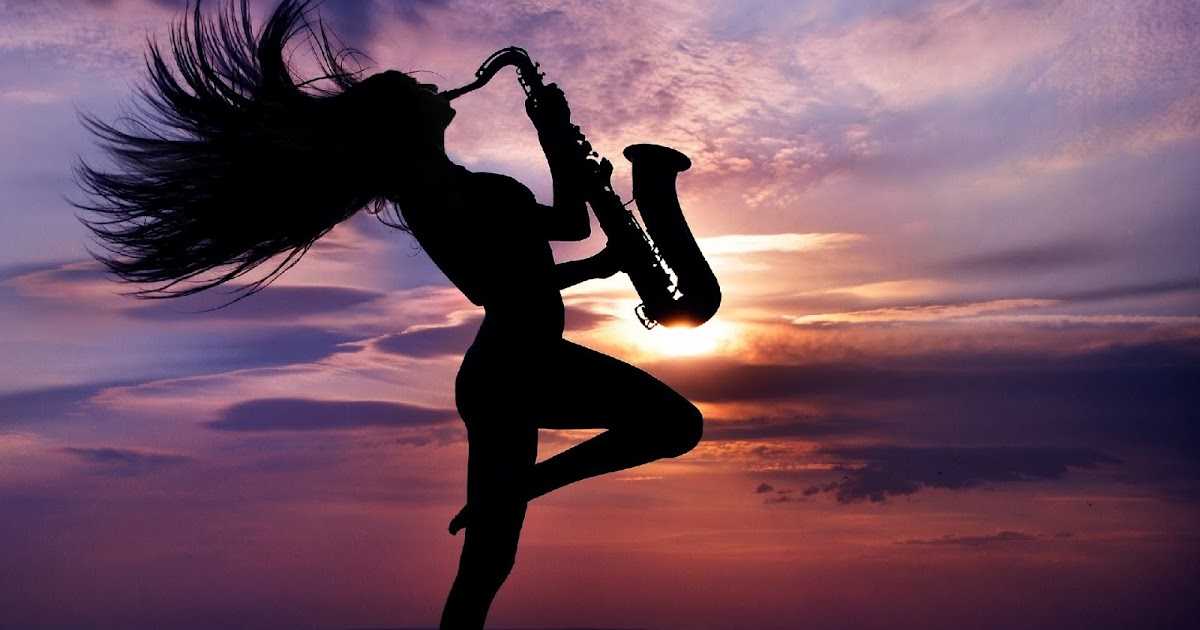 k.a. “footwork” masters in various freestyle dance like hip-hop , whacking and house dance obviously. He belongs to a family with dance background as his mother used to perform salsa and his elder brother did bboying and electric boogie. Whereas, he started popping in 80s. Brian has an amazing dance history with numerous dance choreography that he did like, Mariah Carey, Gwen Stefanie, Fergie etc. He was the judge of countless dance shows, one big one being So You Think You Can Dance in Singapore.
k.a. “footwork” masters in various freestyle dance like hip-hop , whacking and house dance obviously. He belongs to a family with dance background as his mother used to perform salsa and his elder brother did bboying and electric boogie. Whereas, he started popping in 80s. Brian has an amazing dance history with numerous dance choreography that he did like, Mariah Carey, Gwen Stefanie, Fergie etc. He was the judge of countless dance shows, one big one being So You Think You Can Dance in Singapore.
He also won ACA ( American Choreographers Awards ) in 2001 for his choreography in video called Free by Mya.
His legendary dance clips are:
https://youtu.be/Wnx48UApSYM
https://youtu.be/VziOa6f2xG8
https://youtu.be/zSf-G1bn5HQ
Some other amazing houce dance videos that you can look upon are :
https://youtu.be/z80C03N8rp4
https://youtu.be/1dQxTwiPQkg
https://youtu.be/6uqAV4pwt6U
https://youtu.be/EhBEEvu_5K0
House dance steps
By this time I think you would be curious about what are various house dance steps named as ,aren’t you? So, without killing your curiosity , here’s everything that you would like to know
The most basic and most important element of house dancing is “jacking” “loose leg” “footwork” and “lofting”.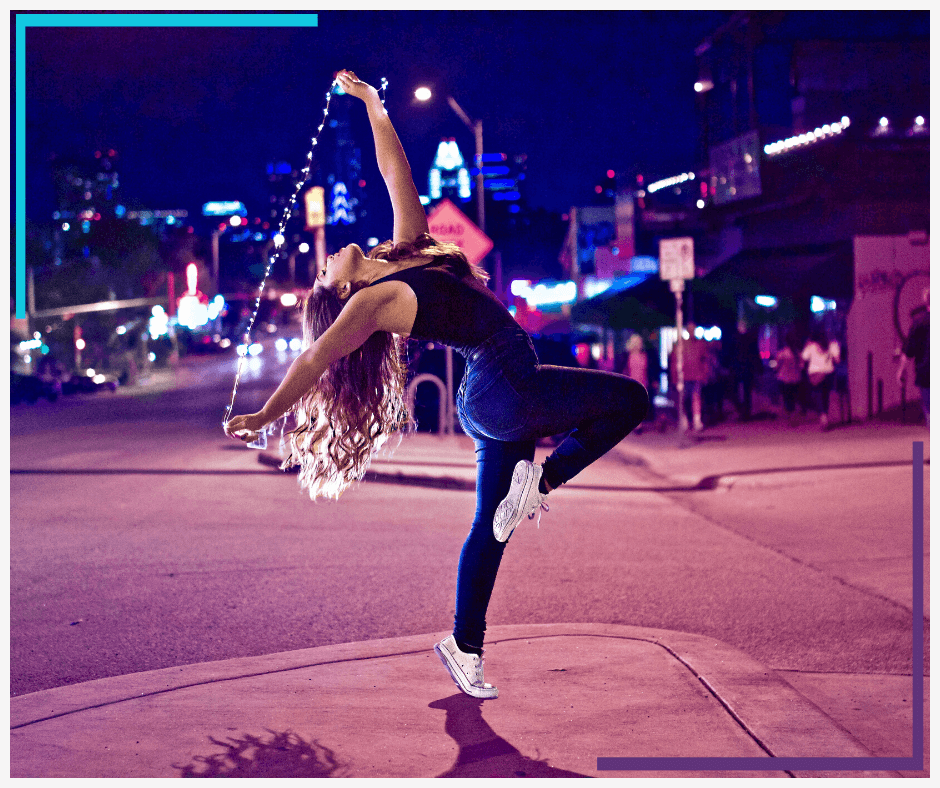 As mentioned in the very beginning , house dance is all about footworks like moving legs to and fro , criss-cross, jamming and shuffling.
As mentioned in the very beginning , house dance is all about footworks like moving legs to and fro , criss-cross, jamming and shuffling.
Here are the names of some basic moves of house dancing with a link attached i.e. the tutorials .
Paddbre
Chase
Shuffle
Side Walk
Salsa Step
Salsa hop
Crossroads
Side wings
Tip Tap Toe
Compass turn
Lotus
Criss Cross ( house ver.)
Cross step
The Loose Leg
To learn upper mentioned steps you can check out https://youtu.be/14Cu56jT4xg this video.
Also here’re some dance tutorials by the famous house dancers:
- Jardy Santiago https://youtu.be/AdELXIatPDA
- Harry “Fullout” Weston https://youtu.be/fKaJBjIppXE
- MaMSoN https://youtu.be/nFmmo2Paz_g
- Sean Bjerke https://youtu.be/uv_RZupIwko
- Rhhyme Koko https://youtu.be/xvFImcOUqzA
House Dance Music
We’ve talked about house dance and it’s origin, famous house dancers and house dance steps .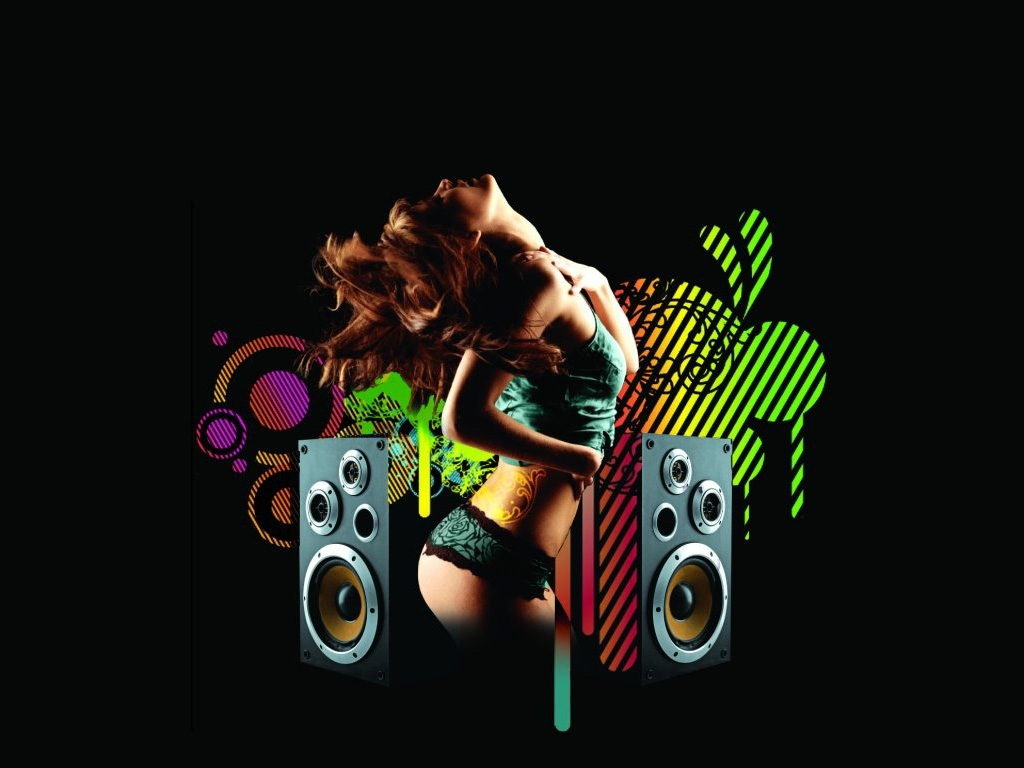 So, what’s the only thing that you need to know more about? Yes, it’s house dance music.
So, what’s the only thing that you need to know more about? Yes, it’s house dance music.
House music is a electronic house music composed of repetitive four-on-the-floor beats and a typical tempo of 120 to 130 beats per minutes. It was first introduced to the world by Chicago’s underground club in 1980s.
House music is usually characterized by repetitive 4/4 rhythms including bass drums , off-beat-hi-hats, snare drums, claps or snaps . Unlike others, it’s not necessary to have vocals in it . House tracks have three sections i.e. intro, chorus and verse . Some tracks do not have a verse , so they repeat the same chorus cycle.
Here are some of the most magnificent house tracks that you can use to move your foot along:
https://youtu.be/1s6Us-Qki7M
https://youtu.be/6uqAV4pwt6U
https://youtu.be/nAB4Z-i_cyo
https://youtu.be/ySoXRnMBjfE
https://youtu.be/D2WHIMlPAKc
At last.
Life is all about trying out new things and brushing up existing skills.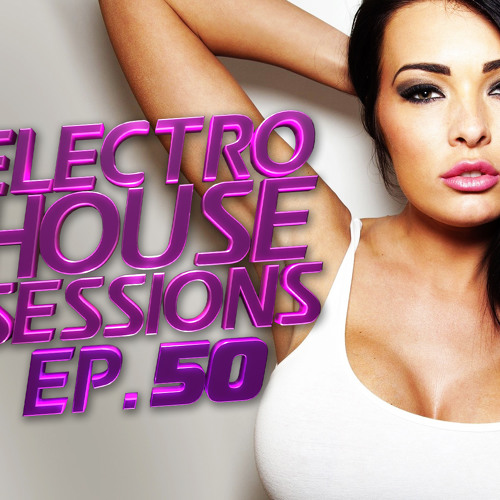 They say, life is too short to sit idle. Isn’t it a better option to dance your heart out? Everyone has a pair of eyes ,a nose, mouth , heart and brain but the thing that makes a difference among all is their skills , talents and knowledge . So, don’t waste your time thinking about trying new things. Just buck-up , grab your zeal to learn and wear a great smile and start learning . You can start with learning house dance with all information mentioned above .
They say, life is too short to sit idle. Isn’t it a better option to dance your heart out? Everyone has a pair of eyes ,a nose, mouth , heart and brain but the thing that makes a difference among all is their skills , talents and knowledge . So, don’t waste your time thinking about trying new things. Just buck-up , grab your zeal to learn and wear a great smile and start learning . You can start with learning house dance with all information mentioned above .
We hope you enjoyed reading the blog and got all the information you were looking for. Hope to see you again. Till then, happy reading.
What Is House Dance? | STEEZY Blog
House Dance is a style of dance that originated in the late 70’s and early 80’s from underground clubs in Chicago and New York.
The style was influenced by several types of movement, including Tap, African dance, Latin dance, and martial arts.
House Dance is about freedom, improvisation, and feeling the music.
Learn More About House Dance Here!
History of House Music
There are a few different interpretations of how House music and dance started.
It’s important to keep in mind that “dance history” is essentially a collection of people’s life stories.
These aren’t our experiences, and we are not married to any one narrative; these are the ones that were shared with us.
The first House record came from Jessie Saunders in 1984 titled “On & On”, co-written by Vince Lawrence. Similar sounds existed elsewhere before, but intentional branding of it, like “THIS is House music” with a DJ as the artist/producer, first happened in the Chicago community. I’m sure there are many other stories of “firsts” that have yet to be as widely circulated.
– Cody “Coflo” Ferreira
In the late 70’s, the underground heads were starting to get tired of the formulaic cheesiness of Disco music.
Two DJs from New York City, Larry Levan and Frankie Knuckles, started to mix Disco with other musical elements – like breaks, afro beats and electronic music.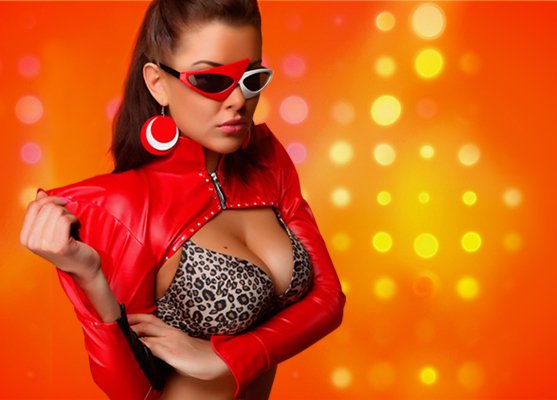
Shortly after, they started selling their music in record shops in New York.
The owner of a big club in Chicago called “The Warehouse” found this new music and started playing it there.
Other Origins of House Music
I’ve also heard that around the time The Warehouse was more mainstream, record shops got really popular. Record diggers came in asking for the type of music played at The Warehouse, so owners of record shops would categorize those songs in a “House” section to market them.Another story puts Leonard “Remix” Rroy, a DJ from Chicago, as having “accidentally” invented the terminology for House: During the Warehouse period, Chicago was also a hotbed for juice bars (places without alcohol that people went to to dance), as well as communal parties hosted at local high schools.Leonard scored a gig DJing for a juice bar, playing his mixes for the partiers. The owner asked him, “What do you call this music?” and he thought, “Well, I’m making this stuff in my mom’s basement, so I’m gonna call it House.” They started advertising the venue, writing “We play House music here” on billboards and posters.
– Coflo
House music came from community parties, not just at clubs. Larry Levan was playing at The Garage in New York when he got an offer to play at Chicago’s clubs. He said no, but referred Frankie Knuckles. They had no name for it, which gave them more freedom to experiment with the sounds.They just made and played the music and didn’t think it was a big deal – until other DJs were claiming they invented it. It’s hard to label something after it’s been commercialized by other people...
– Louis “Loose” Key
It’s difficult to assign exactly how the music or the term “House” was invented.
But the common thread is that this social, party culture, especially at The Warehouse, paved the way for House music to become its own genre.
People quickly fell in love with this new music they heard at The Warehouse. Like, really in love.Going dancing at the club went from activity to obsession; they based their whole lives around going to the clubs. It was a powerful experience for people.
– Jojo Diggs
House Dance Clubs
Why was (and is) this connection so powerful?
It may help to understand that House Dance was (as were other street dance styles) wasn't just born from both celebration of the music, but also as an escape from some sort of struggle.
People went to the club looking for more than a party. They wanted an emotional and physical release.
The gospel-y vibes, strong bass beats, and hypnotizing lyrics of House music set the perfect atmosphere for this.
Soon, the underground clubs of Chicago and New York became the place of freedom and expression.
There were stages to House’s evolution. The first was very grassroots, when avid club goers would dance to funk, soul, disco, rock, boogaloo music, “Black Music,” or “Soul Music.”You had the people who just went, then you had the people who called themselves “dancers.” They didn’t have circles or platforms, or even the room to dance in a big expressive way.Later, in the 80’s and 90’s, the dancers created a shift in attention to themselves by forming cyphers. It went from individuals dancing wherever they could, to a person dancing and a group noticing, appreciating what that dancer was doing, in a new communal way.
– Coflo
Check Your Body At The Door
Check Your Body At The Door is a documentary about the underground House Dance scene in NYC.
This quote paints the perfect picture of what it was like to be one of these dancers:
"Check your body at the door" means you take your attitude, your baggage, all of that, you check it at the door, and then you go into the club, and you’re a totally different person. You enjoy aggravation free, stress free, life problem free. A club head is someone who literally lives for the club, who makes time religiously to throw down and dance. I am a Club Head.
– Archie Burnett, Check Your Body At The Door
The dancers were not following any rules or practicing steps that someone else taught them.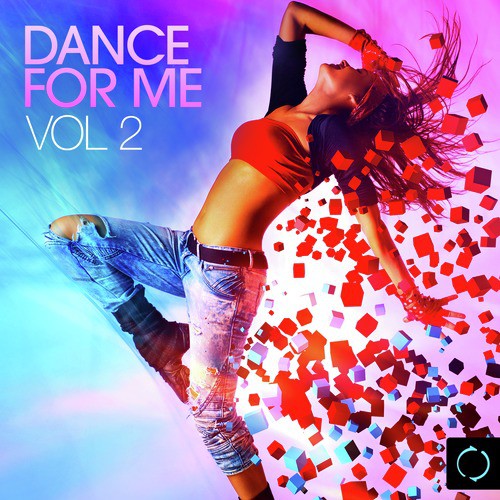
They, themselves, gave birth to a dance style that was just as free and cathartic as the music made them feel.
House Dance was not based on counts and structure, but on passion, desperation for the movement, connection to the music.
Come as you are. Dance as you. Feel as you are. There’s no rules.
– Barbara Tucker, Check Your Body At The Door
House Dance Influences
And since doors were open to dancers of all styles – House Dance became influenced by several different types of movement.
Everything from the footwork and torso movements of African dance, the grace of Tap and Jazz, a sense of acrobatics from Capoeira, to steps from Latin dance and the athleticism of martial arts– all were ingredients that stewed into House Dance.
Those styles, plus a dash of spontaneity, creativity, and of course – love for the music, created what we consider House dance today.
You don’t have to be black, white, gay, or straight.We have one common thing – and that’s the music.
– Underground Network’s promoter, Don Welsh, Check Your Body At The Door
Codification of House Dance Moves
3 generations later, in the early 2000’s, House Dance moves went on to be codified in New York.
Brian Green, Mop Top, Elite Force, and other House Dancers and organizations such as Dance Fusion and World Soul were critical in creating this “syllabus” for House Dance moves.
To understand any freestyle culture simply ask the questions, “Who, what, when, where, why?”When people dance, and they bring their ancestry, they bring their emotional revolutions.We have to understand that much later certain movements were given labels, but it all starts with people being people.
– Jojo Diggs
Culture of House Dance – "House Is A Feeling"
What does this mean to people?
Most of the people who created House Dance came from rhythm-based backgrounds, cultures that played a lot of drums.That rhythm, that beat – they were born into it.You can learn the footsteps; you cannot learn the feeling.
– Loose
House is some freedom dancing, that’s what it really is, because you go inside and feel the music, and the movements just come out.
– Ejoe Wilson, Check Your Body At The Door
House is a feeling. You can learn foundation, and you should understand where it comes from, but at the end of the day, you learn that foundation to understand how to express how the music makes you feel.
– Jojo Diggs
The feeling of House Dance lives in the Jack, which is the signature groove of the style.
A few base moves of House Dance
- Jack In The Box
- The Swivel
- Farmer
- Shuffle Step
- Heel-Toe
- Stomp
- PBR
- Box
- Train
- Skate
- Loose Leg
Jojo Diggs
Jojo is a dancer, in love with House and many other styles. She’s an international instructor and choreographer, Mop Top member, and founder and CEO of Diggs Deeper.
She’s an international instructor and choreographer, Mop Top member, and founder and CEO of Diggs Deeper.
Always a fan of Hip Hop and gangster rap in her younger years but growing up in a conservative environment, Jojo never quite felt free to indulge in the music and dance she was interested in.
I felt embarrassed about how much I liked it.
But she started ballroom dancing in her early 20’s, and later discovered the underground dance scene of cyphers and clubs.
When she went to her first House club called Red, introduced to her by Chaz “Asiatic” Cabonce, she instantly fell in love.
House music and dance just made sense to me in a really, really deep place. I wish I had found it earlier in my life.
She learned to freestyle in the club, with other club goers. They would not teach her moves, only encouraged her to be herself and move however the music moved her.
After 5 years of dancing in the club, it seemed strange to Jojo to later learn that there were House classes that people taught at dance studios.
She’d learned House Dance in such an organic, spiritual experience at the club; a House class to steps and counts was an idea hard to fathom.
I felt like there was no way to teach what we did.
But after taking a class, she was blown away with how much of what she was learning were the foundation of things she had been doing with her body, there was a whole world of House she hadn’t known about.
My foundation will always be something that happened from the music.
She has since then become one of the most sought and respected House Dance instructors in the world, training students and educating them on its history.
Jojo has been dancing and teaching for 17 years now, and has no plans on stopping.
Her Beginner House Program on STEEZY Studio takes you through all the foundational House Dance steps, drills, and even freestyle exercises.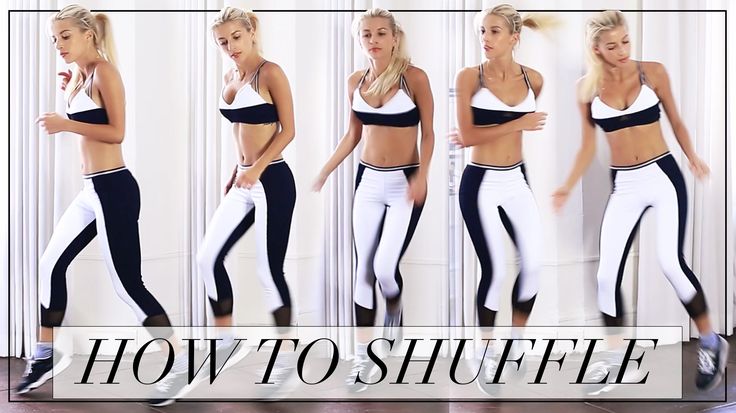
Just SOME Notable House Dancers
Brahms Bravo La Fortune
Caleaf Sellers
Ejoe Wilson
Marjory Smarth
Shannon “Which Way” Mabra
Shannon Selby
Tony McGregor
Voodoo Ray
Tony “Sekou” Williams
Brooklyn Terry Wright
Kim D Holmes
Ronald Ricochet Thomas
William “Quick” Reynolds
Basil Thomas (Brutha Basil)
Oscar Baeza
Patrick Wilson
Archie Burnett
Conrad SP Rochester
Omar Kashim Henry
Asia Moon
Adrian Alicea
Carlos Sanchez
Willy Pinedo
Barbara Tucker
Iriena Herrera
“Peace” Moore
Pebbles Zimmerman
Ruth Monroe
Louis “Loose” Kee
Additional House Dance Resources
You can purchase the DVD, or on Amazon Video
. Life and Death on the New York Dance Floor, by Tim Lawrence
Life and Death on the New York Dance Floor, by Tim Lawrence
About the dancers
The school of thought for dance I was trained under was that your movement is what the you make of it. Dance style represents the time and place and a person. I dance the way I do because of the teachers I had, where I came from, and who I danced with.Coflo Cody Ferreira
grew up in the San Francisco Bay Area, where he met Strutters and house dancers (“Rebels”) at all-ages nightclubs in San Jose.
He started to train under the mentorship of GraVidy, learning Hip Hop and House.
After graduating high school, Coflo connected with a group of House dancers who were also open to doing choreography.
He met Johnny Mendoza of Mindtricks, who taught him how to be professional about his dancing.
Then, the New York influence came in – he saw a performance by Brian Footwork Green on VHS and decided to train with him.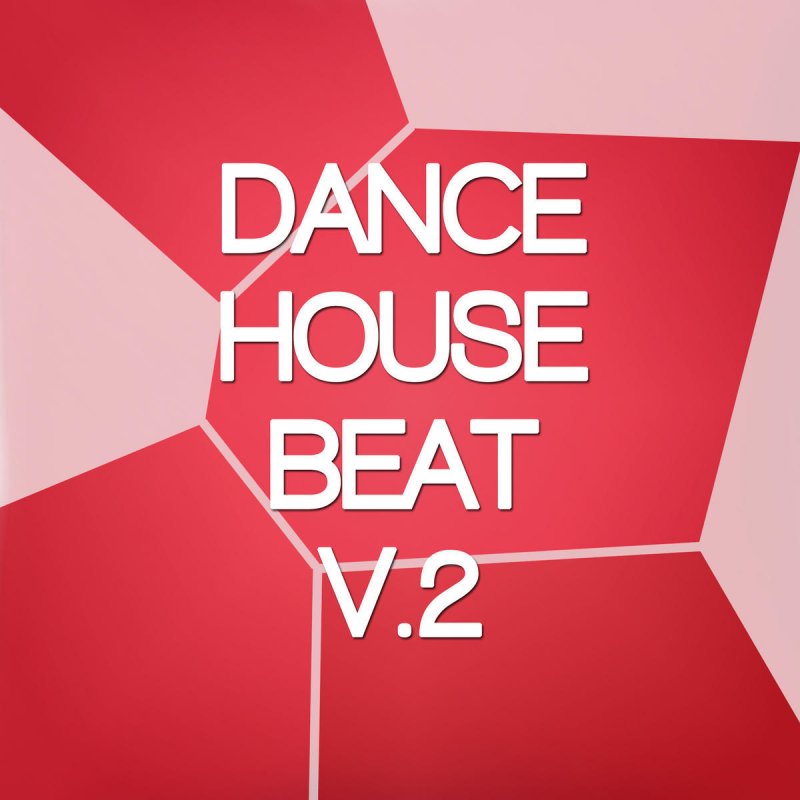
For 10 years, he went through intense, disciplined study of Brian’s technique.
It wasn’t until Coflo started playing the piano and making House music himself, that he was able to unlock a new level of understanding of House.
Coflo is currently still dancing and producing music, involved in Circle of Fire, SoulShifters, and the Non-Profit organization All The Way Live. You can find his music here.
Louis Kee, AKA “Loose”
started dancing decades before House was even introduced.
He started listening to funk jazz, and soul bands in the 70’s, going to community parties, AKA “Tin Can Team” activities in NYC mobile trailer parks.
Bands would play on the portable stages, sometimes hiring a DJ because it was cheaper than having a band.
People started dancing to specific DJs that they liked, sometimes with their crews, battling other crew who danced for other DJs.
Later, Loose started going to clubs.
That’s where all the new music was.Editor’s Note:Radios had to keep their ear to the streets, the clubs, to know what they should play.
This piece was written to tell a part, not the whole, story of House Dance. There were many more dancers and events involved in House’s rich history, so we’re always learning more! If you’d like to contribute your stories, please email me at [email protected]. The mission is to keep the conversation going – and we’re always down to listen. Thanks!
Wanna read the story of Urban Dance Choreography? Check out The Evolution Of Our Dance Community
House dance - descriptions of house dance style
Originally House (house) is one of the directions of modern music. The House dance style is very easy to define - this is what is danced to the music of House. What is in the music is reflected in the dance - it's high speed, rhythm, drive. These are dynamic body movements, characteristic jumps and fast leg movements, a kind of body roll.![]() Wide, energetic movements are performed to short slowing down and then accelerating fragments of house.
Wide, energetic movements are performed to short slowing down and then accelerating fragments of house.
Originating in the 80s of the previous century, in Europe, the House style began to gain popularity in the 21st century, gradually gaining popularity along with hip-hop. This dance attracts with its special manner and dynamics, based on musical tastes and the ability to understand and interpret house music. Electro House's music has its origins in funk music and originated in Chicago, while the House dance itself is a product of New York's underground clubs, where dancers moved after hip-hop parties closed due to the spread of violence.
House was born on the basis of Old School Hip-hop and many elements from other styles. To date, there are various varieties in house: jacking (body work), footwork (footwork), stomping (jumping elements), lofting (parterre work), as well as stocking - playing with a partner. But the basis of the dance is precisely the individual perception of music by the dancer, his feelings and emotions - it is no coincidence that the style did not have the original name and was simply designated as Freestyle dancing.
One of New York's best dancers, Ejoe Willson, says that "what makes hayc different from hip-hop is that when you dance hayc, you are subordinating your body to the music itself, and not to the musical beat, as in hip-hop."
THIS STYLE IS TEACHED
MDC NRG, dance school
Moscow, st. Baltiyskaya, 9
+7 (985) 779 58 68, +7 (915) 109 98 89
NEW YORK DANCE STUDIO
Moscow, Elektrolitny proezd, 7/2
+7 (925) 391 06 00
PRODANCES, Dance Center
Moscow, Bolshoi Savvinsky lane, 12, building 8
+7 (495) 109 05 05
D-STANCE, street dance school Profsoyuznaya 92
+7 495 514 63 87, +7 916 498 09 12
10TH AVENUE
Stavropol Dobrolyubova, 53/4
+7 (962) 444 38 28
54 Dance Studio
Moscow, st.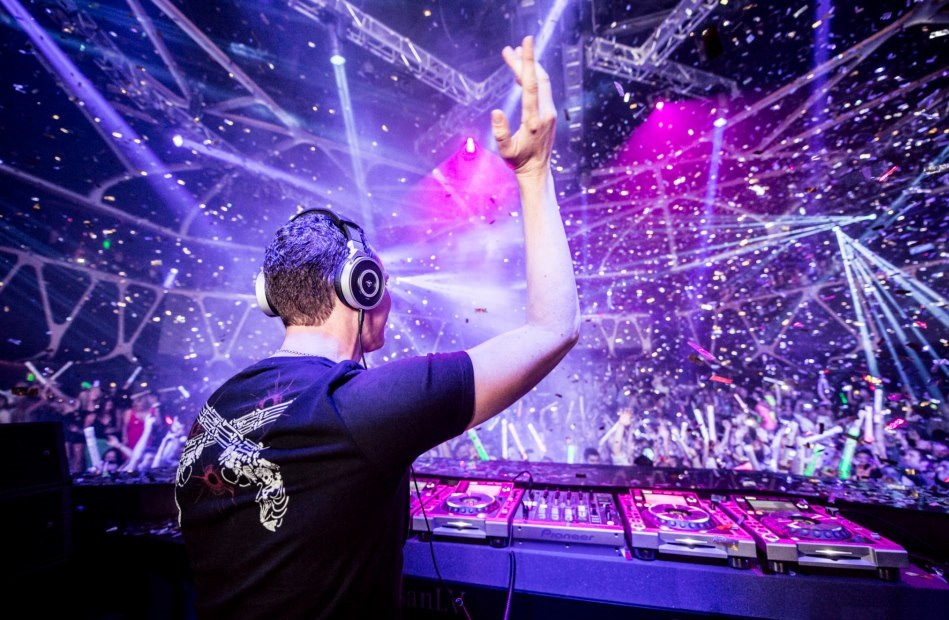 Polkovaya, 3 bld. 6
Polkovaya, 3 bld. 6
+7(964)7012926
0005
14 October
Red Bull Dance Your Style: a unique championship
ended in ParisDance.ru
January 29,
Juste Debout Russia: winners and photo story
Dance.ru
30 March
Respect my talent 2017: photos and results
Dance.ru
17 November
Fame Your Choreo 2016: comments from the organizers and tickets for master classes
Dance.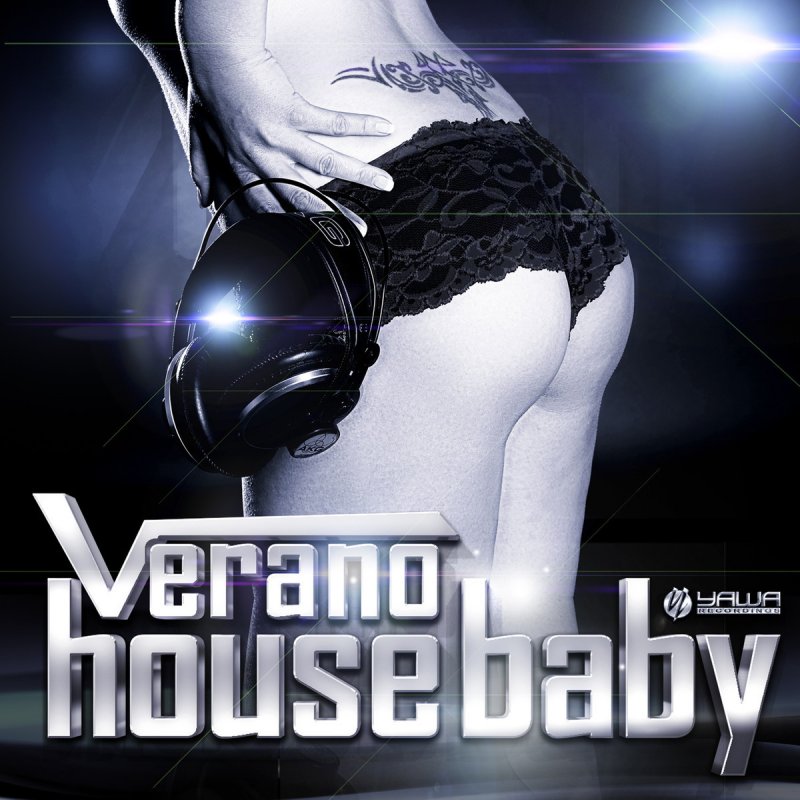 ru
ru
10 October
"Gorbushkin Battle": the competition is over! (Photo report)
Dance.ru
01 February
Dey Dey: "I Hope We Have Fun On Juste Debout"
Dance.ru
28 December
Hip-Hop Winter Battle 2015 was held at the dance school MARTE
Dance.ru
07 December
DANCES on TNT: only one participant left the show
Dance.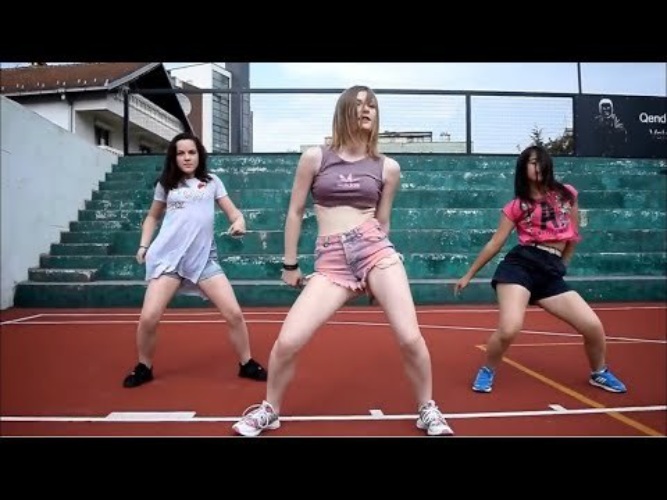 ru
ru
02 December
Flyographers Workshop: classes from the legendary team (Photo)
Dance.ru
Registration
for competitions
and festivals
Saint Petersburg Star 2022
12/18/2022 - 12/18/2022
MASKT TOP-100 International Latin Championship
12/18/2022 - 12/18/2022
Nizhny Christmas Cup 2023
01/08/2023 - 01/08/2023
MASKT Championship Best of the Best International Latin
01/08/2023 - 01/08/2023
Nizhny Christmas Cup Professional Competitions
01/08/2023 - 01/08/2023
Winter Ball 2023
18.02.2023 - 19. 02.2023
02.2023
dance schools
NEW YORK DANCE STUDIO
Visions, dance and fitness school
GallaDance, dance clubs
All dance schools
Everything for dancing
Grishko
ZumbaStore.ru
Everything for dancing
Dance House (House)
House (house) is one of the directions of modern music. House dance style to define - this is what is danced to the music of House. What is in the music is reflected in the dance - it's high speed, rhythm, drive. House is a dynamic and positive dance style.
He was born when house music appeared - in the 80s of the XX century. at the Chicago nightclub The Warehouse. House music is very fast, rhythmic, energetic, and so is the style of dance born by her - House.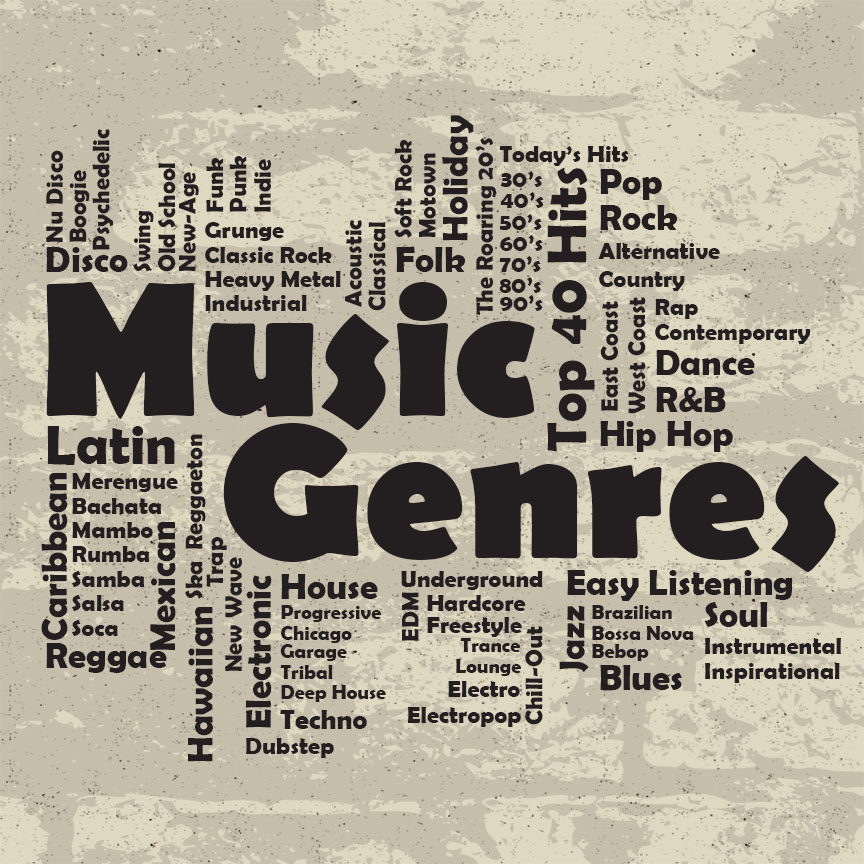 This style is composed of breakdance, hip-hop, jazz, disco, latin dance moves, which makes it one of the most interesting and popular dance styles.
This style is composed of breakdance, hip-hop, jazz, disco, latin dance moves, which makes it one of the most interesting and popular dance styles.
The dance House at the beginning of its development was hard and abrupt, the movements were performed with tense arms and clearly fixed, the body had to be hard, and the tread must be firm. Gradually, the dance movements became more plastic, free, relaxed. There were soft, springy movements of the legs, a gait pushing off the floor.
One of the best dancers in New York Ejoe Willson believes that "hayc differs from hip-hop in that when you dance khayc, you subordinate your body to the music itself, not to beat music" .
A peculiar swing and wide amplitude movements of the body and arms have been preserved. Along with changes in technology, the popularity of the House style grew - it not only took over America, but also many countries in Europe.
House dance attracts with its energy and positivity. The music of this style is major, the melody is simple and uncomplicated, but together with the movements of the dance, it lifts the mood, gives a lot of fun and a charge of vivacity. No wonder the dance literally turns on both the performers and the audience.
These style features make him the king of discos and club parties.
House dance movement training is based on three basic elements.
The first is quality ( House jacking ), that is, rocking the body to the rhythm of the music.
Movements should be smooth and fast, involving the pelvis, back, and neck.
The second obligatory element of House style is acrobatic wave (House lofting).
The peculiarity of this technique is that the waves pass through the beat of the music, as if not paying attention to its rhythm.


